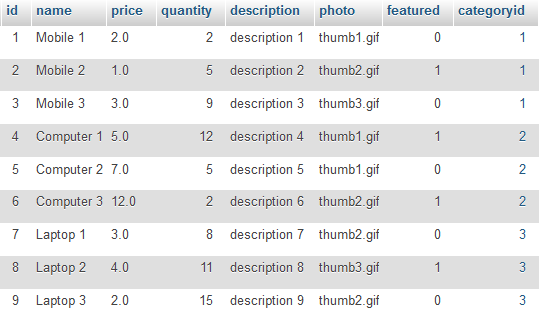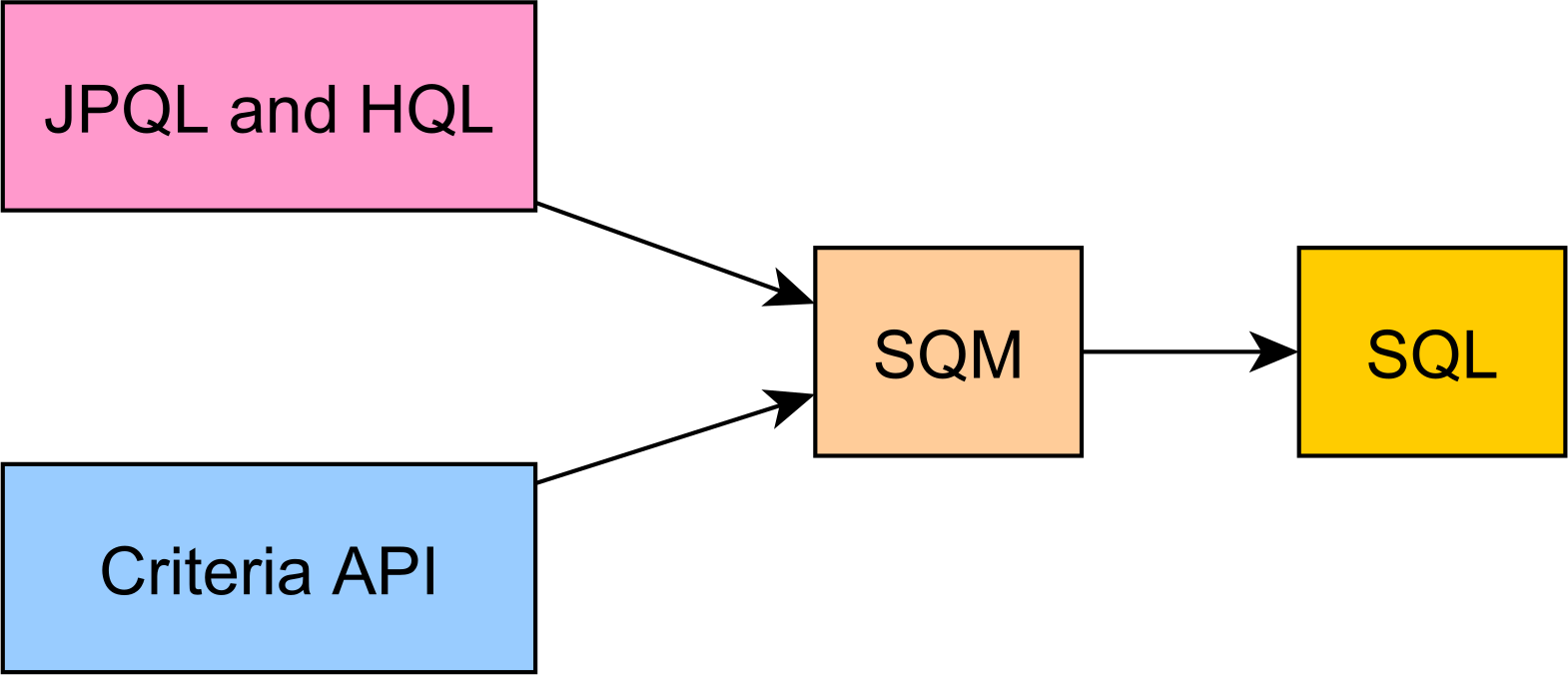Roads & PavementRoads & Pavement
Barefoot
Minimal
Low
Medium
High
Maximal
All around running shoes offer comfort and cushioning for daily runs, jogs, walks, and long mileage. They offer enough versatility for both faster and slower runs and are a great option for those who want one running shoe to do it all.
Fast run or uptempo running shoes are lightweight and responsive. They offer streamlined designs that have minimal uppers and offer a high level of energy return. These shoes are a great option for faster runs in the week or those looking for a livelier experience.
Max Cushion shoes offer premium cushioning with ample ground protection and a stable ride. These types of shoes provide abundant impact protection that softens landings while running at any pace or distance. These types of shoes are best for slower recovery runs and easy days where comfort takes priority.
Racing shoes are designed with optimal performance in mind. These types of shoes have snug-fitting uppers, energetic midsole foams, and features implemented for maximum efficiency. These types of shoes are best for runners looking to gain the ultimate advantage in races but may sacrifice some durability and comfort.
Gym Workout shoes offer a stable and versatile ride. They have a firmer underfoot feeling that provides stability for lateral movements with comfortable uppers. These types of shoes are best for trips to the gyms, cross training, casual wear, and light running. Sum in Criteria Query in Hibernate 5 Learn Programming with Real
Road running shoes feature smooth outsoles that are designed for running on paved surfaces such as roads, sidewalks, and bike paths.
Designed to handle most trail runs, these shoes prioritize comfort and a smooth ride. These shoes are great for anything from smooth singletrack, park trails, and fireroads making them ideal for those who run from their doorstep on streets before hitting the trail.
These shoes are best used for hard, rugged trails such as shale, granite or sandstone where grip on smooth surfaces and underfoot protection are important.
Designed for use in muddy, soggy conditions, these shoes feature very aggressive outsoles that dig deep into soft ground for exceptional traction.
These shoes feature technical outsoles designed to grip snowy and icy trails making them ideal for winter trail running.
Cushioning level, or stack height, refers to how much shoe is between your foot and the ground. For this category, we reference the amount of cushioning below the forefoot as the heel height will be equal to or greater than the forefoot height.
hibernate sum of rows after group by in query dsl or jpql
0-13mm. The Shoe generally does not have a midsole and feels like there is no cushioning. This shoe is all about feeling the ground underfoot.
14-18mm. The shoe has a thin midsole that allows for a natural running experience. Racing shoes and minimalist shoes are common here. These shoes offer a feeling of being connected to the road or trail.
19-23mm. The shoe has a slightly cushioned feel and may feature added cushioning technologies. Performance training shoes and some trail shoes are common here. These offer protection during footstrike but prioritize a lightweight, grounded experience.
24-28mm. These shoes have a stack height that fall near the middle of the spectrum.The shoes in this category are verstaile and great for all types of runs and distances.
29-34mm. The shoe has a thick midsole and ample cushioning. These shoes are highly protective and absorb more impact than the body.
35mm plus. The shoe has an extremely thick midsole and extra cushioning. The focus is on protection and soft foam underfoot with hardly any ground feel.
Neutral shoes support the foot through a normal range of arch collapse and generally do not have a built-in technology to correct movement.
Stability shoes are a great option for those who overpronate or need added support. These shoes help to limit the inward rolling motion of the ankle while running or walking and assist in guiding the foot straight through the gait cycle. Hibernate SQM Semantic Query Model Vlad Mihalcea
Product Details:
Why Hibernate doesn t support sub query on From Clause Quora sale, Hibernate Count Query Dinesh on Java sale, Hibernate Quick Guide sale, Advanced JPQL Queries Case When Then Aggregation sale, Hibernate PDF Databases Class Computer Programming sale, Hibernate ORM User Guide sale, Hibernate Projections TopJavaTutorial sale, Hibernate ORM with JAVA Example shdhumale sale, spring JPA Projections query with GROUP BY not working with null sale, PostgreSQL SUM Function GeeksforGeeks sale, Querying with HQL and JPA QL Hibernate sale, jpql GitHub Topics GitHub sale, Hibernate Criteria How Hibernate Criteria Works with Examples sale, Hibernate Query Language Tutorial sale, Hibernate Thuy Le Huu Pentalog HAN. What is Hibernate Hibernate sale, Hibernate Query Language PDF Sql Programming Paradigms sale, HQL with Aggregate functions Javainsimpleway sale, Hibernate Query Language Tutorial sale, Querying with HQL and JPA QL Hibernate sale, Hibernate Search 7.0.0.Final Reference Documentation sale, Tutorial Hibernate HQL example with where clause JavaMakeUse sale, Hibernate Part 2 PPT sale, java Batch Insert in hibernate generating mulitiple queries sale, Hibernate Query Language HQL sale, Advanced JPQL Queries Case When Then Aggregation sale, Hibernate 6 and JPQL Window Functions Vlad Mihalcea sale, Hibernate Executing SQL Queries Decodejava sale, Sum in Custom Query in Spring Boot JPA Learn Programming with sale, Hibernate Executing SQL Queries Decodejava sale, SQL Query to Find the Sum of all Values in a Column GeeksforGeeks sale, Hibernate Query Language HQL . I always try to write things in sale, Hibernate III PPT sale, SQL SELECT SUM GeeksforGeeks sale, Hibernate SQM Semantic Query Model Vlad Mihalcea sale, Hibernate SQM Semantic Query Model Vlad Mihalcea sale, Advanced JPQL Queries Case When Then Aggregation Query Sum Count EnggAdda sale, SQL SELECT SUM GeeksforGeeks sale, Hibernate SQM Semantic Query Model Vlad Mihalcea sale, hibernate sum of rows after group by in query dsl or jpql sale, Sum in Criteria Query in Hibernate 5 Learn Programming with Real sale, spring boot JPQL How to sum up a given property of children and sale, java hibernate native sql can t work but same query works good sale, Hibernate groupby criteria and HQL query Example sale, Hibernate Query Language HQL Example sale, Hibernate Criteria Queries GeeksforGeeks sale, Hibernate Criteria Queries GeeksforGeeks sale, HQL Hibernate Query Language Example Tutorial DigitalOcean sale, Hibernate Criteria Queries GeeksforGeeks sale, hql Hibernate select sum of multiple columns grouped by Stack sale, Hibernate Query Language HQL . I always try to write things in sale, Product Info:
Hibernate sum query example sale.
- Increased inherent stability
- Smooth transitions
- All day comfort
Model Number: SKU#7601209





